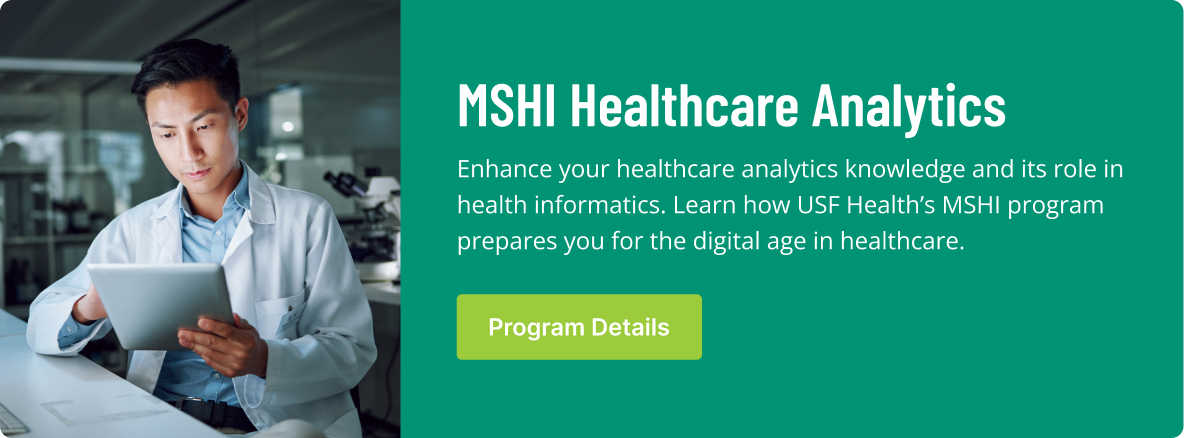As analytics adoption has grown in healthcare, the need to measure the effectiveness of the efforts connected with it has risen as well. This has seen the development of analytics maturity models, such as those created by the Health Information Management Systems Society (HIMSS).
HIMSS’ Adoption Model for Analytics Maturity (AMAM) is the most well-known example and is tailored specifically to the needs, goals and capabilities of the healthcare industry. The society has previously created adoption models for technologies such as the electronic medical record (EMRAM), infrastructure (INFRAM) and, most recently, digital imaging. These measure the capabilities gained through the implementation of technology and processes.
But the AMAM is more a measurement designed to examine and enhance an organization’s analytics capabilities. Applicable internationally, the AMAM involves eight stages before an organization has reached full maturity.
The Stages
Starting from Stage 0 and climbing to stage 7, the maturity model provides healthcare organizations with a structured, prescriptive assessment to help them develop and advance their approach to analytics. Additionally, it’s a framework that is clearly defined, boasts a certain level of flexibility and is not influenced by vendors.
The stages are described as such:
Stage 0- Generally, this is where all organizations start as they learn about how their analytics efforts can improve operational efficiency in response to market pressures and business demands. At this stage, solutions are usually fragmented across different points of care.
Stage 1- Considered the foundation building phase, stage 1 is where data aggregation into a centralized location occurs and governance is established. This allows for the collation and distribution of data to a number of analysts occurs, so that analytics efforts can begin.
Stage 2- Data warehousing and analytics competency come into play at this point. Data is seen as an enterprise resource free of master data management and begins to support basic clinical and operational tasks. This stage also see the rise of an analytics competency center that sets standards for analytic skills and education within the organization.
Stage 3- Reporting on a consistent basis is vital to analytics success. Stage 3 focuses on the enterprise wide ability to perform descriptive reporting. Data quality should be stable at this stage and the tools around it standardize as is access to the data warehouse.
Stage 4- All analytics assets, infrastructure and skills target the improvement of clinical, financial and operational aspects of the healthcare facility. The primary focus is to support evidence-based care and to reduce operational variability and clinical waste.
Stage 5- Population health, quality and the economics of care take center stage here. Organizations are tasked with expanding their point of care analytics and demonstrating that they can have an impact on population health efforts. At this stage, data governance should support reporting on the quality of performance and enhance the organization’s understanding of its costs related to care.
Stage 6- Predictive analytics enters the equation at this stage as organizations are pushed to broaden the focus of the content of the data they collect and whether or not it can support clinical decision support as well as risk intervention.
Stage 7- Full analytics maturity is defined by the ability to personalize medicine through applying prescriptive analytics. Patient specific care is tailored through analysis of advanced data sets such as biometrics and genomic data.
Organizations wanting to find out their AMAM score should visit the HIMSS website for more details. Basically, organizations will have to fill out a survey regarding their analytics capabilities. HIMSS will analyze the survey and come back with their findings, providing a roadmap for analytics advancement that is vendor neutral and ensures strategic direction and alignment.
Only two organizations in the world had achieved Stage 7 maturity coming into 2019. They were Duke Health and the University of North Carolina Health system. Geisinger became the third health system to achieve Stage 6 in December of 2018, demonstrating “a strong foundation of data content, infrastructure, governance and analytics competency.”
Other Maturity Models
A 2018 paper published in the International Journal of Information Management outlines an approach that researchers call the Analytics Processes Maturity Model (APMM). This version is not specific to healthcare, but could easily be applied to any organization looking to make the most of its analytics.
The model examines analytics related processes in six areas:
- Building analytics models
- Deployment of analytics models
- Infrastructure management and operation
- Security of analytics assets
- Analytics governance structure
- Identification of analytics opportunity and allocation of resources
Those six areas are analyzed and based on how organizations rate in terms of their maturity, they are broken into five different maturity levels. Those are organizations that can:
- Build reports
- Build and deploy models
- Create repeatable analytics processes
- Create consistent processes across the enterprise
- Have strategy driven analytics




